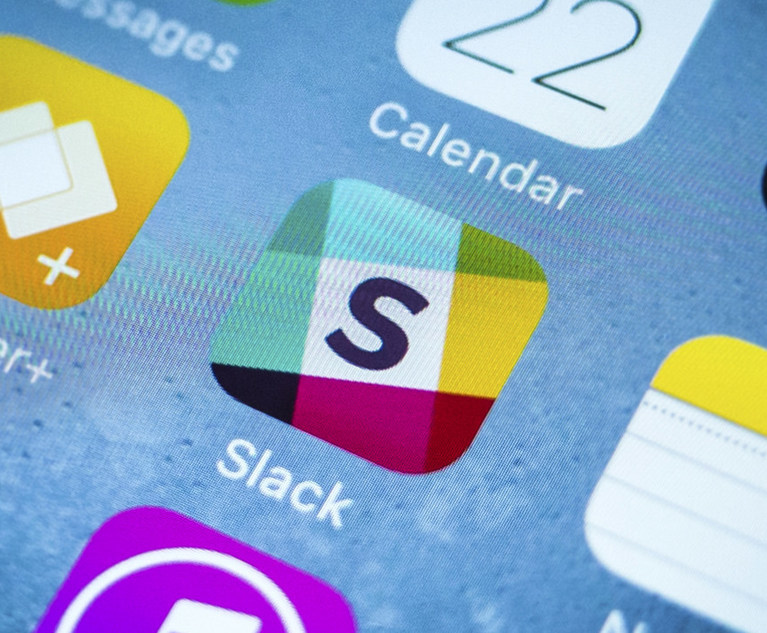It has never been easier to communicate. The origin of human speech has been tentatively traced to around 100,000 BCE. The use of technology for communication dates back to 30,000 BCE and the first use of symbols. Humans have consistently sought means of communicating outside one’s immediate tribe and have fought to render distance a challenge, rather than an impediment, to communication. From smoke signals to Snapchat, as a species we have developed myriad means by which to send a message. The vast majority of us can do so with a few taps on our phones. However, with increased ease comes the heightened risk that our tools for communication can be used inappropriately.
A majority of employees use their cellphones for both business and pleasure—75% of U.S. employees use their personal cellphones for work. (This statistic pre-dates the COVID-19 pandemic, which means that it is likely much higher now as more workers work either entirely or partially from home.) And while 51% of employees use company-mandated apps to do work on their cellphones, many employees use additional apps to do their jobs that their companies do not know about and cannot track. This has caused a huge compliance problem, particularly for regulated financial firms that are obligated to keep records of their business activities.


 Slack app on an iPhone screen. Photo: Diego M. Radzinschi/ALM
Slack app on an iPhone screen. Photo: Diego M. Radzinschi/ALM




